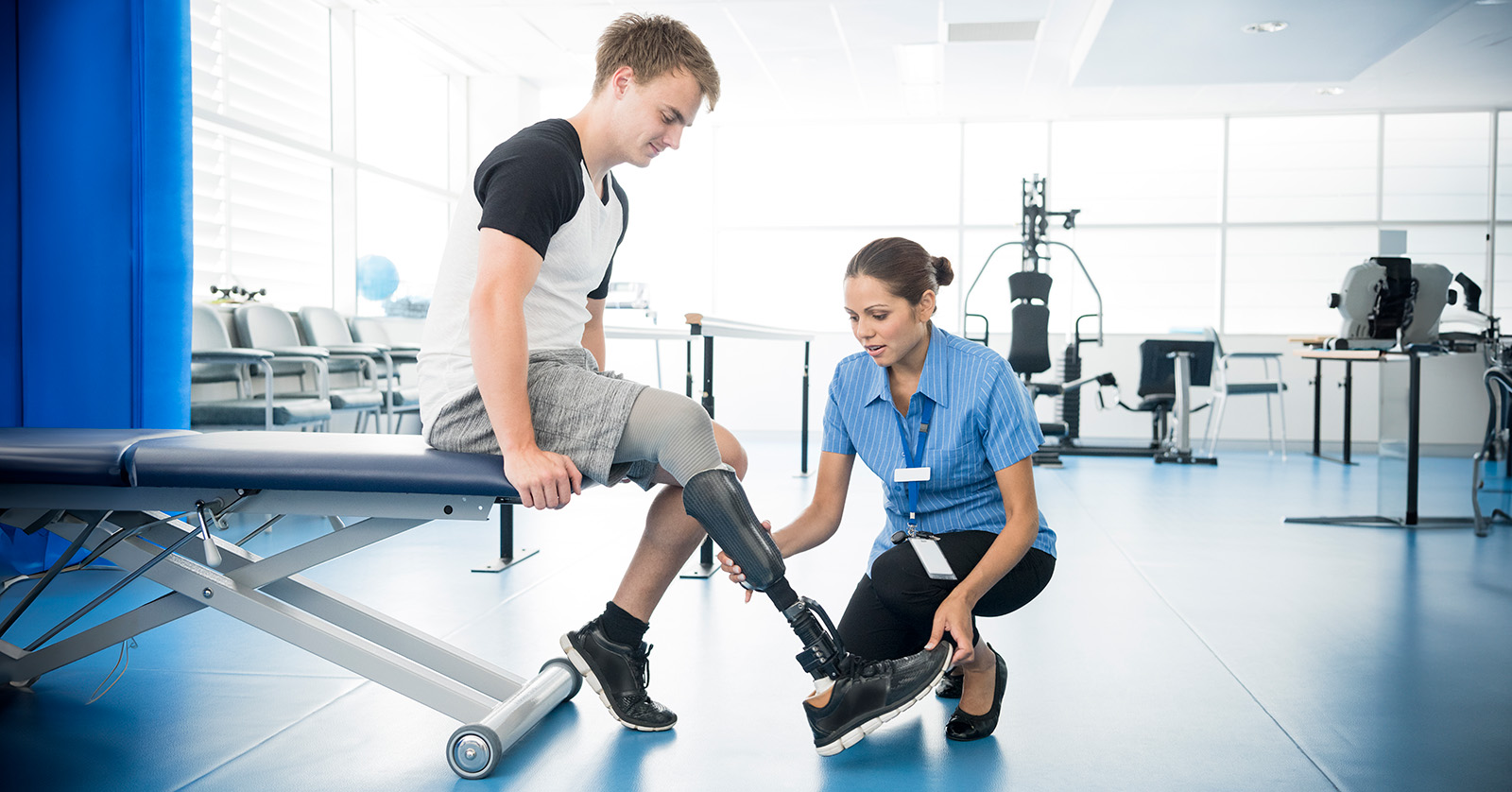More than 5.6 million people in the United States live with limb loss or limb difference. But until recently, clinicians, researchers, hospitals, and others providing support to this community did not have a comprehensive resource of clinical data to help guide decision making and care.
In 2022, that changed with the launch of the Limb Loss and Preservation Registry (LLPR) , the first national database to standardize, collect, measure, and report on outcomes for those with limb loss or undergoing preservation surgery and post-surgical care and rehabilitation. Funded by NIH’s Eunice Kennedy Shriver National Institute of Child Health and Human Development (NICHD) and the Department of Defense, the LLPR was established to collect and analyze patient data from diagnosis onward. The registry was founded and created by Mayo Clinic in partnership with the Thought Leadership & Innovation Foundation (TLI), a non-profit organization focused on data-driven solutions for underserved communities.
 Now, in a new phase of stewardship under TLI and the Amputee Coalition of America, a national non-profit organization focused on support, education and advocacy for the limb loss and limb difference community, LLPR leaders aim to expand the registry’s reach and diversity to improve patient outcomes and quality of life. Currently, the LLPR hub houses data from more than 12 million individual episodes of care from nearly 500,000 people. The database receives information from more than 225 locations in 22 states, including hospital systems, prosthetists, and occupational and physical therapy providers.
Now, in a new phase of stewardship under TLI and the Amputee Coalition of America, a national non-profit organization focused on support, education and advocacy for the limb loss and limb difference community, LLPR leaders aim to expand the registry’s reach and diversity to improve patient outcomes and quality of life. Currently, the LLPR hub houses data from more than 12 million individual episodes of care from nearly 500,000 people. The database receives information from more than 225 locations in 22 states, including hospital systems, prosthetists, and occupational and physical therapy providers.
The rapidly growing registry is important because “you have to measure what you do if you want to improve what you do,” said Kenton R. Kaufman, Ph.D., a professor of biomedical engineering and orthopedics at Mayo Clinic and the founder and former principal investigator of the LLPR. “With registry data, you’re collecting information about patients with different ages, levels of limb loss, and socioeconomic statuses and seeing what’s happening in the chaos of clinical care,” Dr. Kaufman said. “There’s aways a desire for evidence-based practice, but with a registry you’re getting practice-based evidence.”
Built to track individuals through the course of their care, the registry aggregates de-identified data from electronic health records. It allows care providers to recognize strengths, deficiencies, and other patterns in the clinical care of individuals who undergo amputation or limb preservation procedures for different reasons, such as a chronic disease or trauma-related limb loss. Previously, practitioners relied mostly on anecdotal or undocumented evidence or opinions to support decisions for treatment and care.
Cass Isidro, president and CEO of the Amputee Coalition of America, says those who arrive at amputation from a chronic disease serve as some of the registry’s biggest advocates. “What we hear is that they don’t want this to happen to a family member. So, we look forward to translating the information that we learn very quickly into the community, where we can have a preventative difference.”
The registry will also provide direct feedback about how prosthetic devices work for patients, help validate design concepts to accelerate time to market, and provide clinical evidence for healthcare organizations, policymakers, and insurers, among other benefits. One exciting advance from the LLPR is the ability to use physical function scores from NIH’s Patient-Reported Outcomes Measurement Information System to compare those with limb loss or limb difference to others who have mobility issues from rheumatoid arthritis, knee replacements, or cardiovascular issues, Dr. Kaufman said.
“We can place the population of those with limb loss into context with other populations that are larger in size and scope. This data will help guide national policy to care for this patient population relative to others who have similar loss of mobility,” he said.
For now, the LLPR’s stewards are focused on enrolling prosthetic providers and hospital sites that perform amputations and/or provide rehabilitation care. They are also looking five years down the road when they hope to have a robust portal of diverse information—including data on social determinants of health such economic stability and health care access—that patients can access to help them make informed decisions about their specific circumstances.
“Our goal is to turn this data into valuable information for anyone who provides care and services for, or is a member of, the Iimb loss and limb difference population. Eventually, we want an individual to be able to access the registry and report what functionality they are experiencing after a limb salvage surgery or amputation and discover what others like them are experiencing,” said TLI Vice President Shawn Murphy. “We want to use real-world data to show what ‘good’ looks like for an individual and to improve the quality of people’s lives.”

 BACK TO TOP
BACK TO TOP